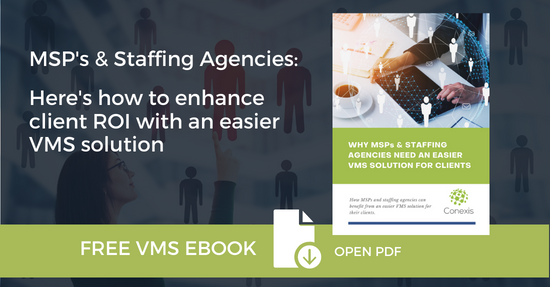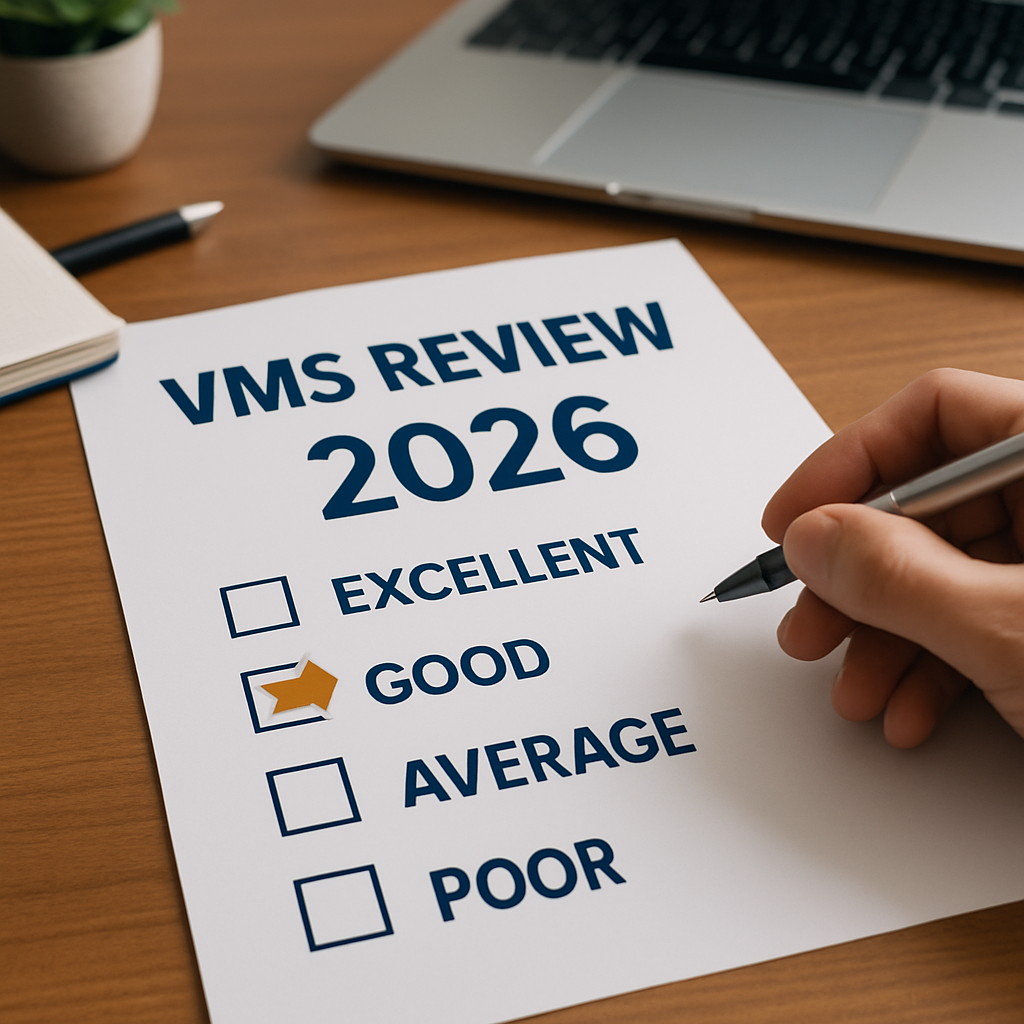Finding high-quality talent remains challenging for many organizations. This is especially true in today’s business environment, as “The Great Reshuffle” makes it increasingly more difficult to firstly keep workers, and, secondly, to source them. That’s why many businesses today are expanding their use of their contingent workforce, and using staffing agencies to source non-employee workers.
Staffing agencies essentially act as a middleman between employers and contingent workers, helping to match qualified candidates with companies that have existing job openings. A staffing agency works to source additional labor for an organization, in an effort to ensure the business is able to meet its workforce requirements.
The use of staffing agencies can save your business time and money, as well as help you find qualified candidates to fill open positions.
Yet managing staffing agencies can be a challenging process. In this blog we look at some of the top challenges associated with staffing vendor management, and the best practices you can implement to help build a robust contingent workforce management strategy.
What are the Challenges of Managing Staffing Agencies?
Successful staffing vendor management is a crucial aspect of cutting costs, sourcing high-quality contingent talent for your workforce and ensuring your staffing agencies are helping your organization achieve its workforce targets.
The thing is, nobody said managing staffing agencies within your contingent workforce program is easy.
In most cases, organizations use a wide range of staffing agencies to fulfill their workforce requirements. With that comes a huge amount of data that needs to be analyzed to ensure staffing agencies are helping the business meet its workforce targets.
That’s why manually managing staffing agencies on spreadsheets, in-house databases or Share-point websites simply doesn’t work. In fact, these methods lead to hidden costs, a lack of visibility and poor decision making.
Here are just a few of the top challenges that companies without a robust staffing vendor management strategy in place struggle with:
Lack of visibility
When staffing agencies aren’t managed correctly, and manual spreadsheets are used to record information, businesses will suffer from a complete lack of visibility into staffing agency performance and how many contingent workers have been sourced. This lack of visibility dramatically impacts the quality of your contingent workforce decision making moving forward.
Vendor compliance risk
Businesses engage staffing agencies to help them meet their company's workforce objectives. Without the ability to analyze staffing agency performance or visibility into the contingent workforce program, organizations don’t have the insights they need to ensure staffing vendors are complying with the predetermined standards.
A lack of a company-wide strategy
It’s incredibly easy for a contingent workforce program to become fragmented across an organization. In this case, hiring managers and team leaders engage staffing agencies on their own terms and at their own rates - and then don’t record this information. This leads to rogue spend, a lack of visibility and overspending on contingent talent.
Best Practices for Successful Staffing Vendor Management
To address and mitigate the above challenges associated with staffing vendor management, there are a few things that your organizations can implement into your contingent workforce program:
1- Use a Vendor Management System
The use of a modern vendor management system is the best way your business can mitigate the challenges associated with managing a contingent workforce program. A vendor management system is a centralized platform where your company can record contingent workforce data and automate a wide range of processes.
Through the implementation of a vendor management system, your business will gain complete visibility into its contingent workforce program and centralize your strategy across the entire business. This leads to reduced costs, improved contingent workforce quality and better internal efficiencies.
2 - Set Targets for your Staffing Agencies
One crucial component to successful staffing vendor management is to set targets for your staffing agencies. A vendor management system will give your organization the data you need to monitor and track staffing agency performance.
Metrics such as time-to-fill, time-to-submit and turnover will give your business the data it needs to analyze whether your staffing agencies are helping you meet your workforce targets, while these KPIs can also be used in tandem with your staffing vendors to make improved contingent workforce decisions moving forward.
3 - Align All Departments and Hiring Managers
A contingent workforce program should be planned, designed and implemented in a highly strategic manner. It should be a workforce strategy that is centralized across your entire organization, so that hiring managers follow protocols when it comes to engaging, paying and record staffing agency information.
When your business is able to align all departments and hiring managers with your contingent workforce strategy, you’ll be able to gain complete visibility into what staffing agencies your business is using, how much you are paying them for talent and how they are performing in relation to your overall business goals.
Learn more about the benefits of a VMS
Learn more about the Benefits of a VMS and what to look for when choosing the best VMS for your organization. Download our Free VMS Buyer's Guide here:
Discover the Power of Conexis VMS
Conexis VMS is purpose-built for organizations seeking to manage their contingent labor spend effectively. Here’s why we're the right choice:
- Fast Deployment: Get up and running in weeks, not months
- Transparent Pricing: Flexible pricing with no hidden costs
- White-Label Ready: Customize the platform with your brand
- Real-Time Insights: Make faster decisions with built-in analytics
- Audit-Ready Compliance: Store contracts, worker data, and rates in one secure hub
About Conexis VMS
Conexis is an award-winning Vendor Management System built for organizations that want the power of enterprise software without the complexity or cost.
Leveraging the latest technology, Conexis delivers the expertise, reliability and security of enterprise systems, while offering the flexibility, user friendliness and tailored, personal service you require. Learn more about our Company and why organizations Choose Conexis VMS.
Looking to Switch Your VMS or Just Getting Started?
Whether you are looking to Switch your VMS, or just Getting Started, we are here to help. Contact Us for a Free No-Obligation Consultation, See how Easy Conexis is to use by taking a quick 2 minute Self-Guided Online Demo, or Book a Personal Demo Today!
Additional Articles on this Topic:







